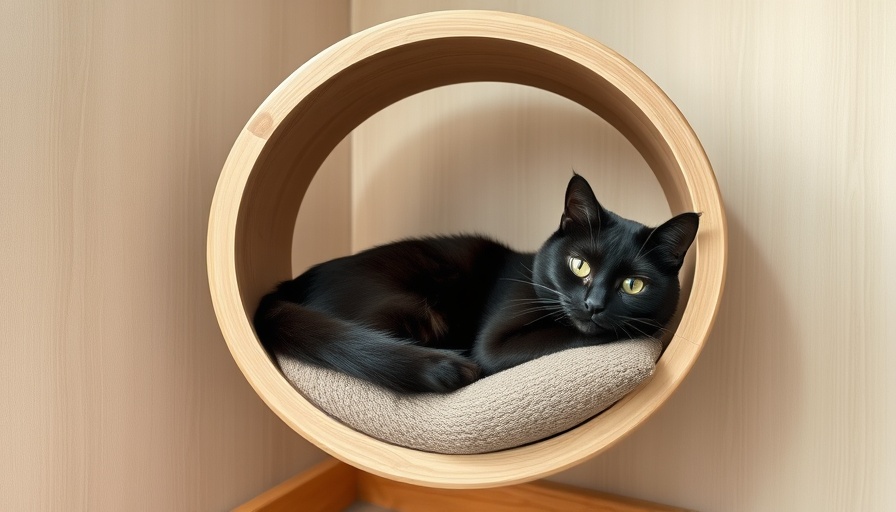
Why Building a DIY Cat Tree is a Purr-fect Project
Creating a DIY cat tree not only meets your feline’s needs but also complements your home decor. With many options available, from basic scratching posts to elaborate modular systems, building a cat tree can be a rewarding experience. This article will provide step-by-step instructions, material requirements, and practical tips to help you design a cat tree that your cats will love. Plus, engaging in this creative endeavor could deepen your bond with your pets.
Explore Different Types of Cat Trees for Any Home
Understanding the various types of cat trees can guide you in selecting or building one that best fits your feline's personality and your available space. Examples include:
- Basic Scratching Post: Ideal for cats who prioritize scratching. With a simple vertical design, they are compact and straightforward to construct.
- Multi-level Tower: Perfect for active cats or homes with multiple felines, offering various platforms, ramps, and cubby holes.
- Wall-mounted Shelves: A space-saving solution for smaller apartments that allows your cats to explore vertically.
- Modular Systems: For those who appreciate customization, these cat trees feature interchangeable components that can grow along with your pets.
Understanding Feline Behavior for Better Design
Before diving into construction, it’s essential to recognize what features will engage your cats:
- Vertical Space: Cats are natural climbers, so incorporating ladders and platforms is crucial.
- Scratching Surfaces: Providing tough materials like sisal will help your pets maintain their claws while also deterring them from scratching furniture.
- Comfy Perches: Including soft areas for lounging and sleeping will keep your felines happy and cozy.
- Hiding Spots: Enclosed areas can provide a sense of safety for your cats, allowing them to feel secure within their environment.
Materials Needed for Your Cat Tree
Gathering the right materials will impact your construction's durability and appeal. Here’s a starter list for creating your own cat tree:
- Plywood sheets: For the base and platforms
- Wood posts: To provide stability and scratching options
- Sisal rope: Ideal for wrapping around posts
- Fabric or carpeting: To cover platforms and provide comfort
- Non-toxic adhesive: Essential for sturdy assembly
Step-by-Step Instructions to Build Your Cat Tree
Once you've gathered your materials, you’re ready to build. Here’s a simple step-by-step guide:
- Base Construction: Start with a sturdy, flat piece of plywood as the base.
- Attach Posts: Secure wooden posts to the base using screws or a strong adhesive. Ensure they’re stable and can withstand your pet's weight.
- Create Platforms: Cut and attach plywood platforms at different heights using brackets for safety.
- Wrap Scratching Areas: Cover designated posts with sisal rope, securing the ends with adhesive.
- Add Finishing Touches: Cover platforms with a layer of fabric or carpet for comfort.
DIY Cat Tree Safety Considerations
Safety is paramount. Ensure all materials are non-toxic, avoid sharp edges, and anchor the structure to the wall if it’s tall.
Enhancing Your Cat Tree with Personalization
Finally, once constructed, you can personalize your cat tree further. Consider adding toys, perches with different textures, or even fun colors to match your house’s aesthetic. This is an opportunity not just for your cat but for you to showcase a DIY project that enhances your living space.
Conclusion: Build, Bond, and Enjoy
In conclusion, building a DIY cat tree can be both a fun project and an enriching experience for you and your feline friend. It's an excellent way to provide them with vertical play spaces while strengthening your bond. If you’re interested in expanding your home’s versatility, consider how other DIY projects can also enhance your living space.
 Add Row
Add Row  Add
Add 



Write A Comment